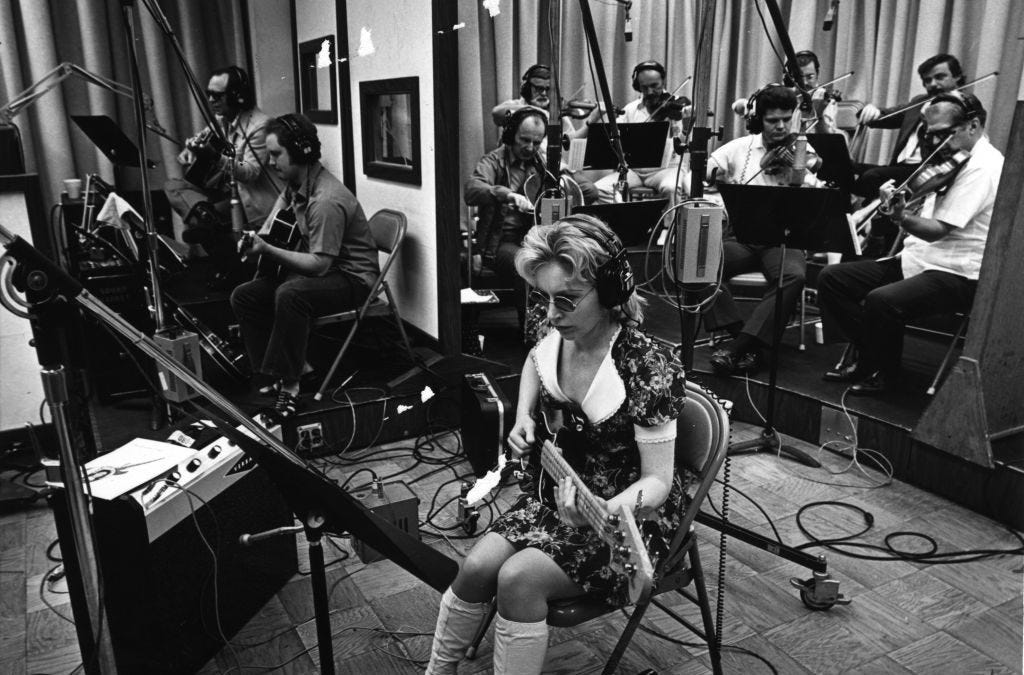YouTube playlist of songs mentioned here
Visit the intro for some general information about this channel.
Motown had The Funk Brothers; L.A. had The Wrecking Crew.
In the 60’s music industry, the singer, songwriter, and backup musicians might all be different people. Soon that whole system was upended by stars who did all that them…




